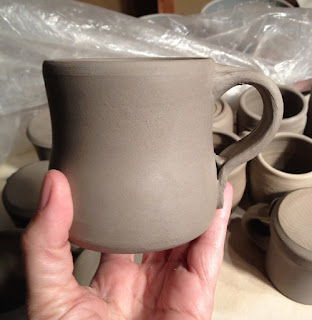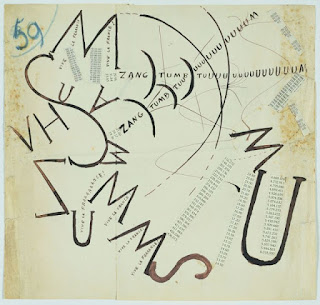
Practice as Research; Thinking Through Theory “Practice as research not only produces knowledge that may be applied in multiple contexts, but also has the capacity to promote a more profound understanding of how knowledge is revealed, acquired and expressed.” (Barrett and Bolt, 2007). Art practice, being a craftsperson, a chef, a coder, a writer, a landscape gardener or equally a teacher creates tacit knowledge, as Hyland, (2018) puts it, a thinking hand. Practice led research has the possibility to extend understanding of the role of experiential, problem-based learning ( Barrett and Bolt, 2003) and there is real potential for situated knowledge and personally motivated understandings that could demonstrate how knowledge is revealed and acquired. This practice led research gives the participant when they reflected upon it, a deeper way of knowing and an illumination of the winding path of understanding of how it is that they know what they know, Barrett and Bolt (...








